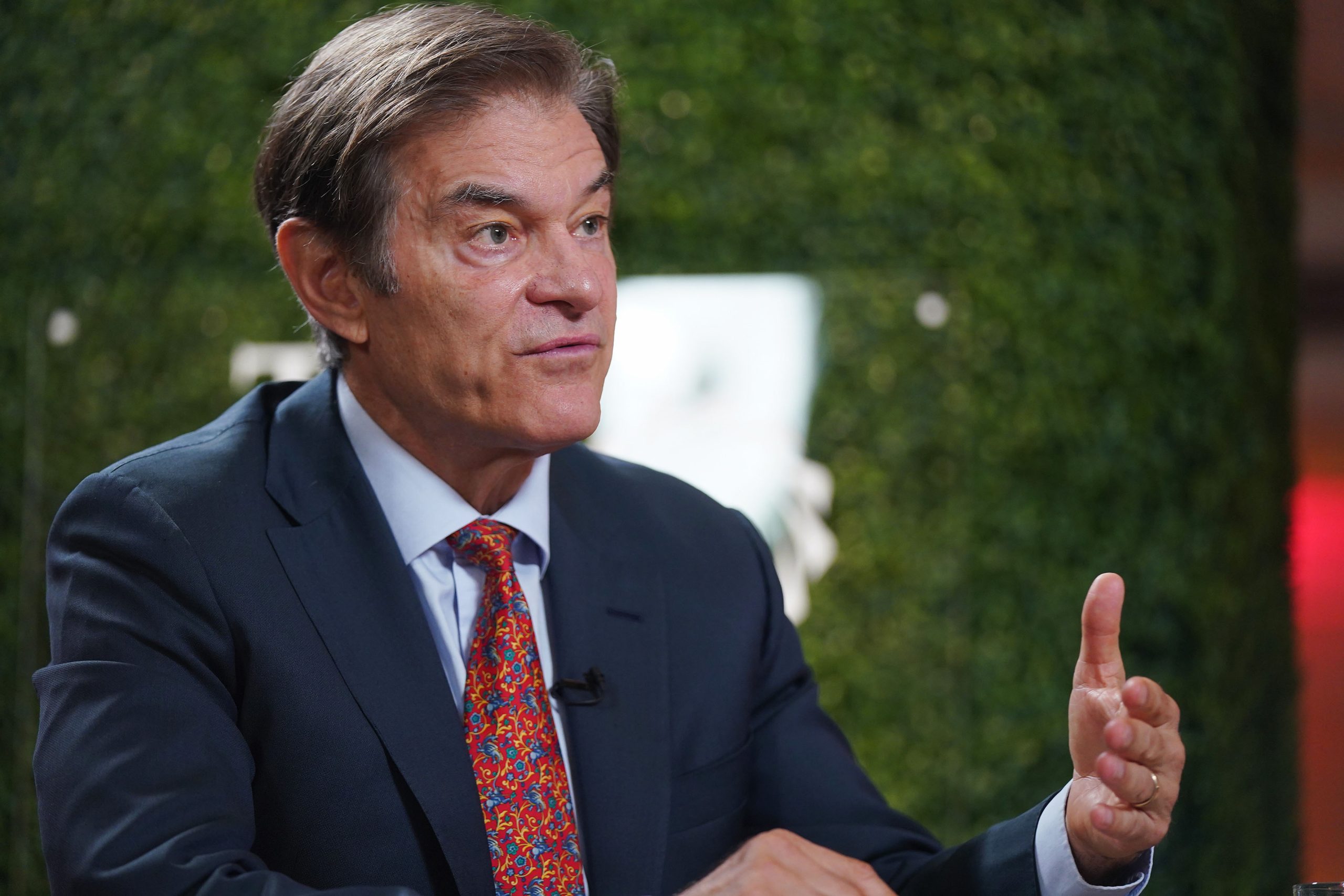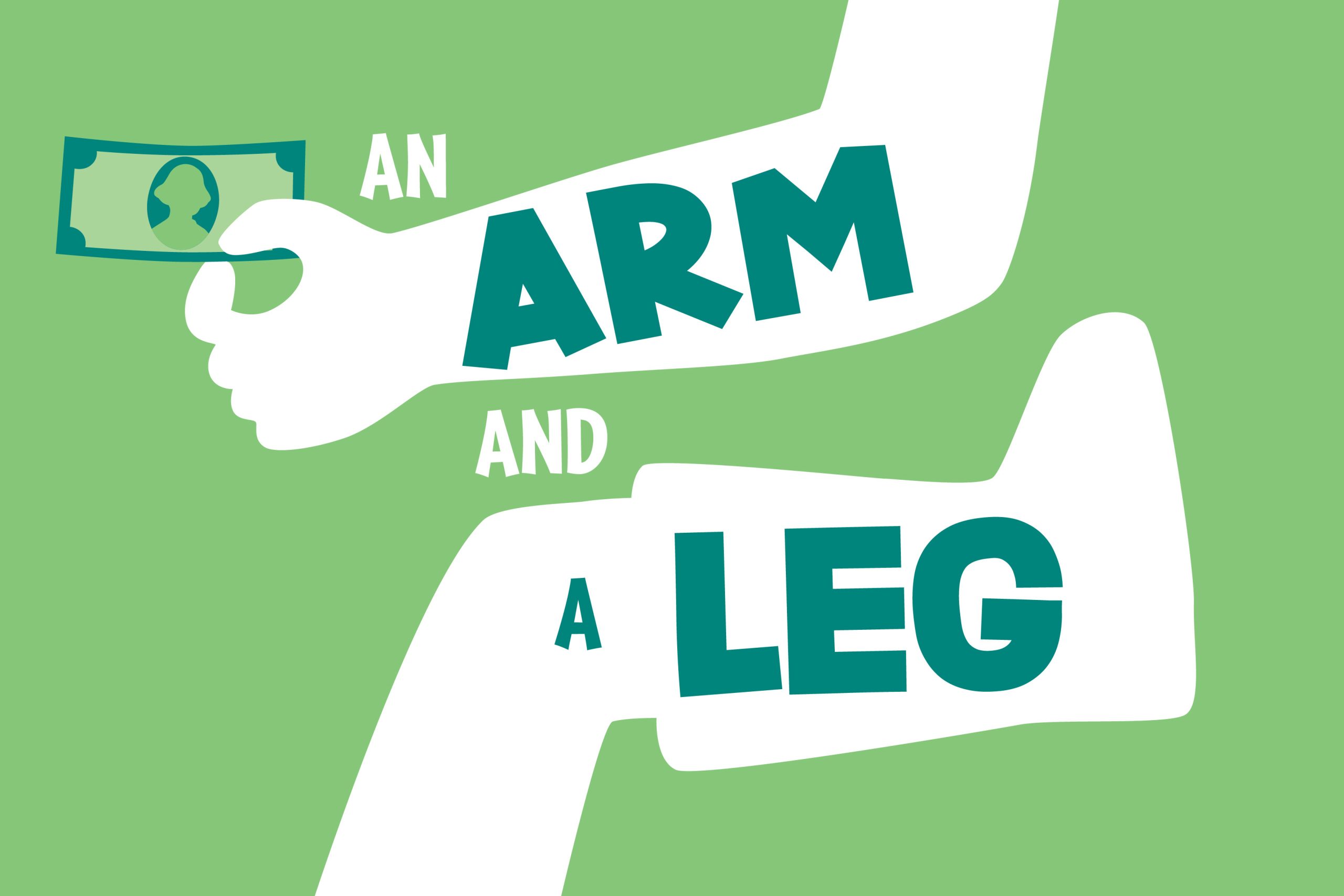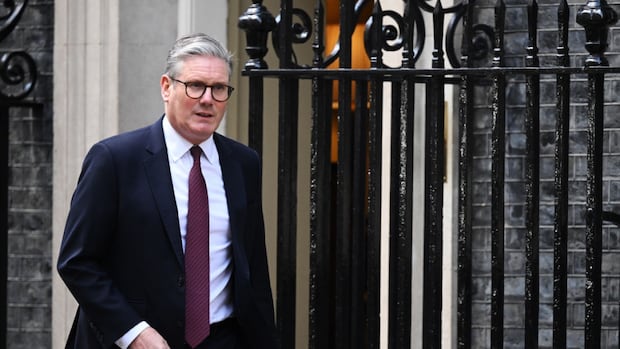Voters flood town halls with fears of Social Security cuts, putting heat on GOP over Musk and DOGE
One after another, callers on a telephone town hall with U.S. Rep. Bill Huizenga pressed the Michigan Republican about possible cuts to Social Security. Among them was a retired teacher and coach from West Michigan who said he and his wife, both with disabilities, have struggled to access their benefits. The man, identified only as Michael from Allegan, said he feared that office closures and massive layoffs of federal workers — part of an effort by President Tweety McTreason and Elon Musk’s Department of Government Efficiency to slash government spending — will make it even harder. “We worked our entire life,” he said. “But we can’t get any help because we can’t get through to anybody.” Huizenga pledged throughout the meeting: “Let me just reiterate, Social Security is not being touched.” Similar exchanges have played out across the political battleground of Michigan and elsewhere in the U.S. in recent days, as widespread cuts prompt fears among constituents about the popular program, which provides monthly benefits to retirees and some children. It’s left Republicans scrambling to reassure voters and play down Musk’s comments about Social Security and his ability to make cuts. The GOP also has accused Democrats of “fear-mongering” on the matter. It’s clear the issue has resonated. Of the 13 questions Huizenga took, nine were related to Social Security. In a nearby mid-Michigan district that was among the most competitive U.S. House races last year, a poll taken at the beginning of first-term GOP Rep. Tom Barrett’s telephone town hall showed Social Security and Medicare as the top issue for attendees. And at a fiery in-person town hall in Asheville, North Carolina, one of the first questions Rep. Chuck Edwards fielded was on how he would “ensure the protection of our Social Security benefits.” After the question was read, the room of about 300 people erupted in applause. While Trump has repeatedly said he “will not cut Social Security, Medicare or Medicaid benefits,” the












